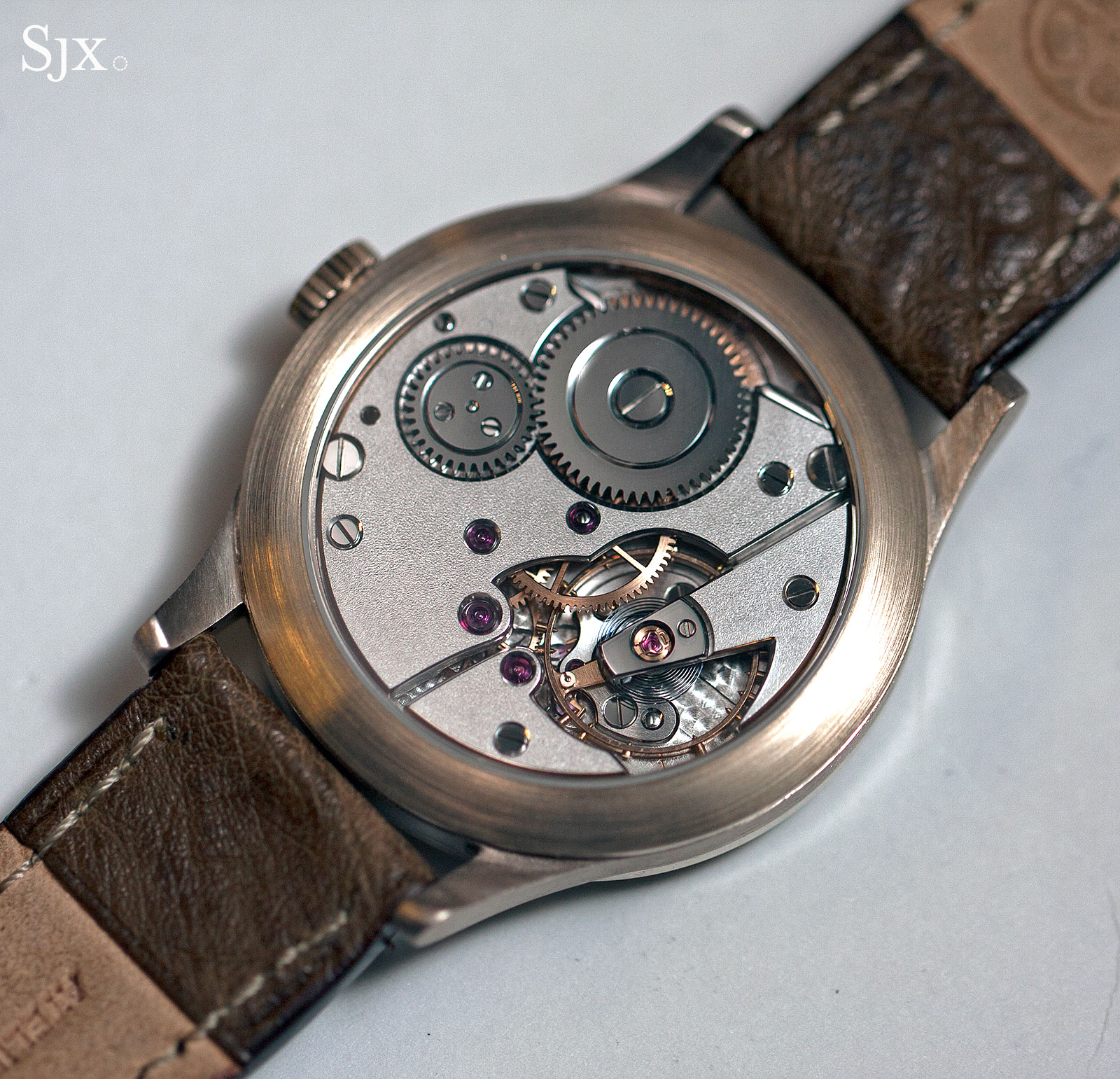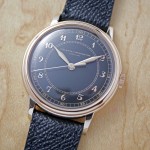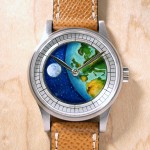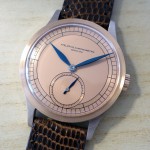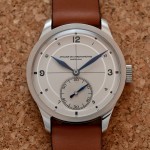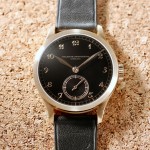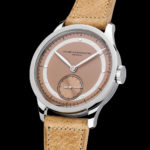Hands-On with the Atelier de Chronométrie Chronometer – Reviving the Omega Calibre 30 Chronometer
Atelier de Chronometrie bestows fine finishing to the prize-winning Omega calibre 30 from the 1960s.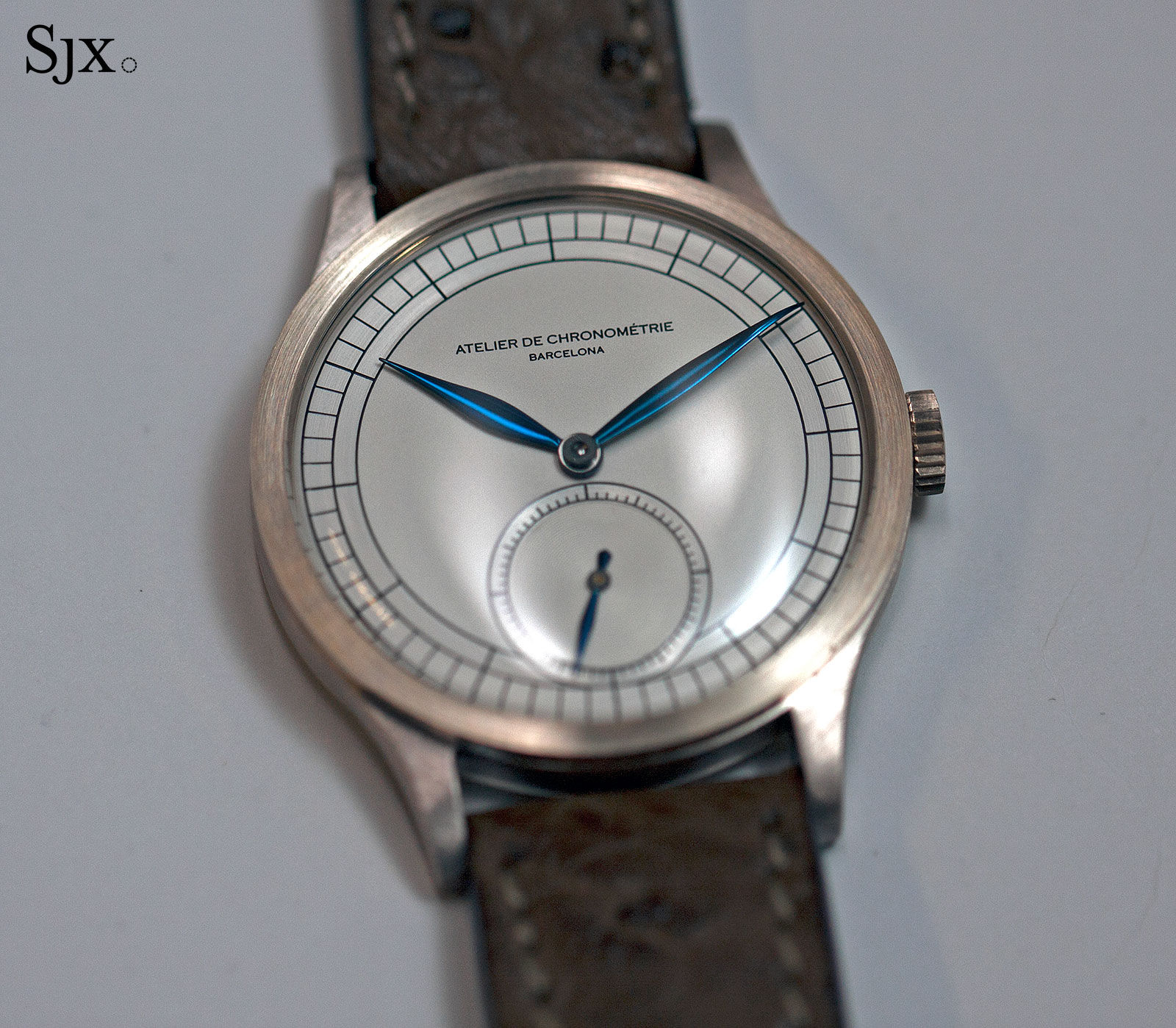
Introduced in 1939, the Omega calibre 30 is one of the most highly regarded watch movements of the mid-20th century, a golden age for wrist chronometers. In production for 24 years, with over a dozen variants descended from the original – most notably the famous chronometer calibre 30T2 RG – the calibre 30 family of movements is one of the finest calibres from Omega’s heyday, pre-quartz crisis, when it was the largest movement maker in Switzerland.
The calibre 30 won numerous prizes in the chronometer trials at Neuchatel, Geneva and Kew observatories, a feat made possible by marrying excellent engineering, industrial production (more than a quarter million movements were made), and careful hand regulation. Precise, accurate and robust, the calibre 30 movements were not extravagantly decorated. All of the calibre 30 variants had the pink gold plating characteristic of Omega movements until the 1990s.
Spanish revival
Atelier de Chronométrie is a Barcelona-based watch brand that aims to revive vintage calibre 30 movements – specifically the calibre 266 – with newly shaped bridges and a high level of hand-finishing. Founded by vintage watch dealer Santiago Martinez Rabasa, who conceived the classical styling of the watches, the movements are rebuilt and finished by watchmaker Moebius Rassmann.
Building a modern watch on a champion vintage movement is not a new idea – Kari Voutilainen used the Peseux 260 in the Observatoire wristwatch that launched his career – but it is a good one. Such movements combine both a grand story and top quality, old-fashioned mechanics.
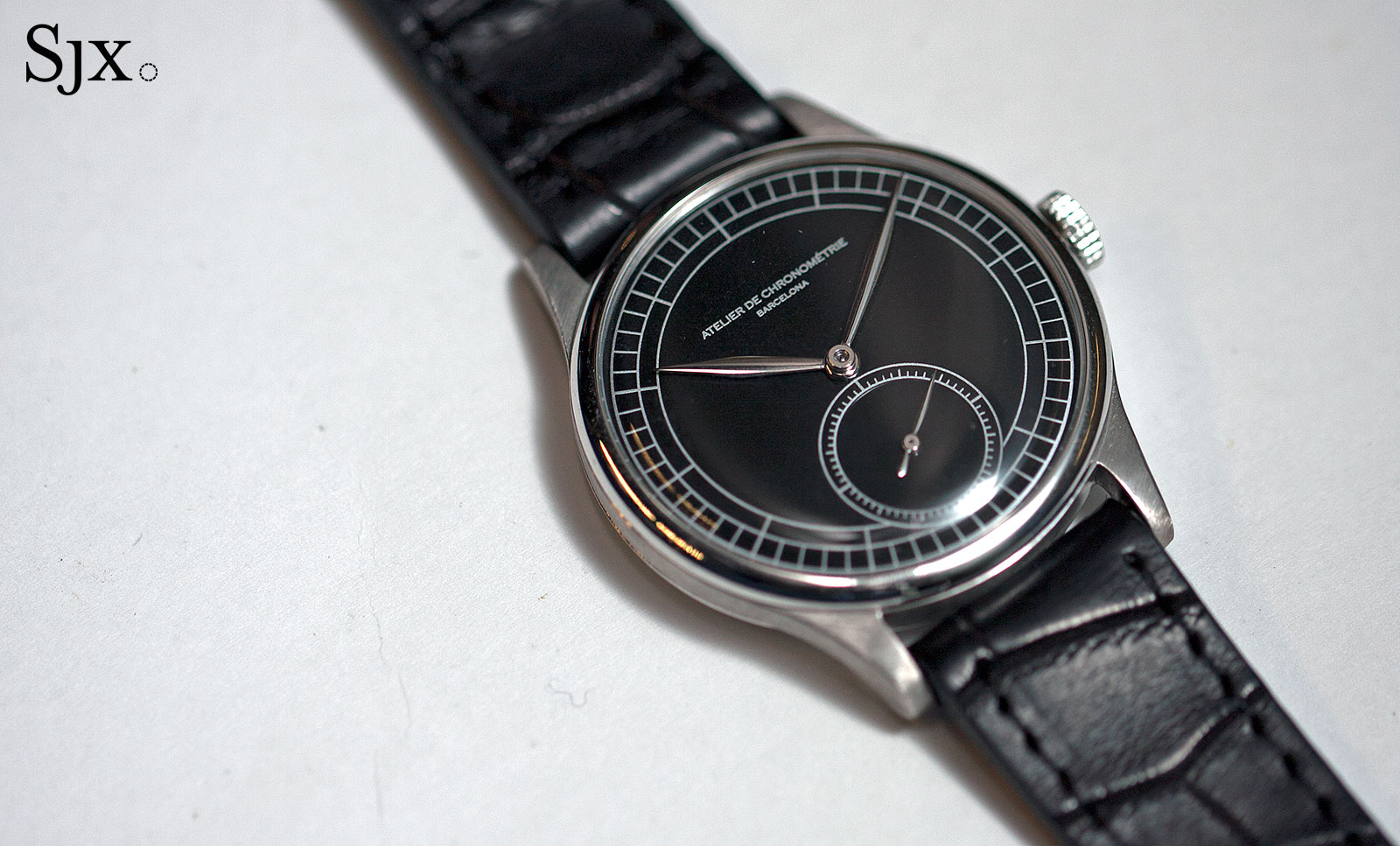
On the outside, the Atelier de Chronométrie Chronometer could pass for a mid-20th century wristwatch, which is its express goal. Each Chronometer is made to client’s specifications, so while the basic size is 35mm – exactly like a 1950s Omega – the case can be as large as 38.5mm. That’s the limit for the movement, beyond which the sub-seconds would look out of place on the dial. Even the shape of the case is carefully styled after a vintage Omega, with the recognisable narrow case band that flares towards the end of the lugs. Even the precious metal hallmarks on the lugs are reminiscent of vintage watches.
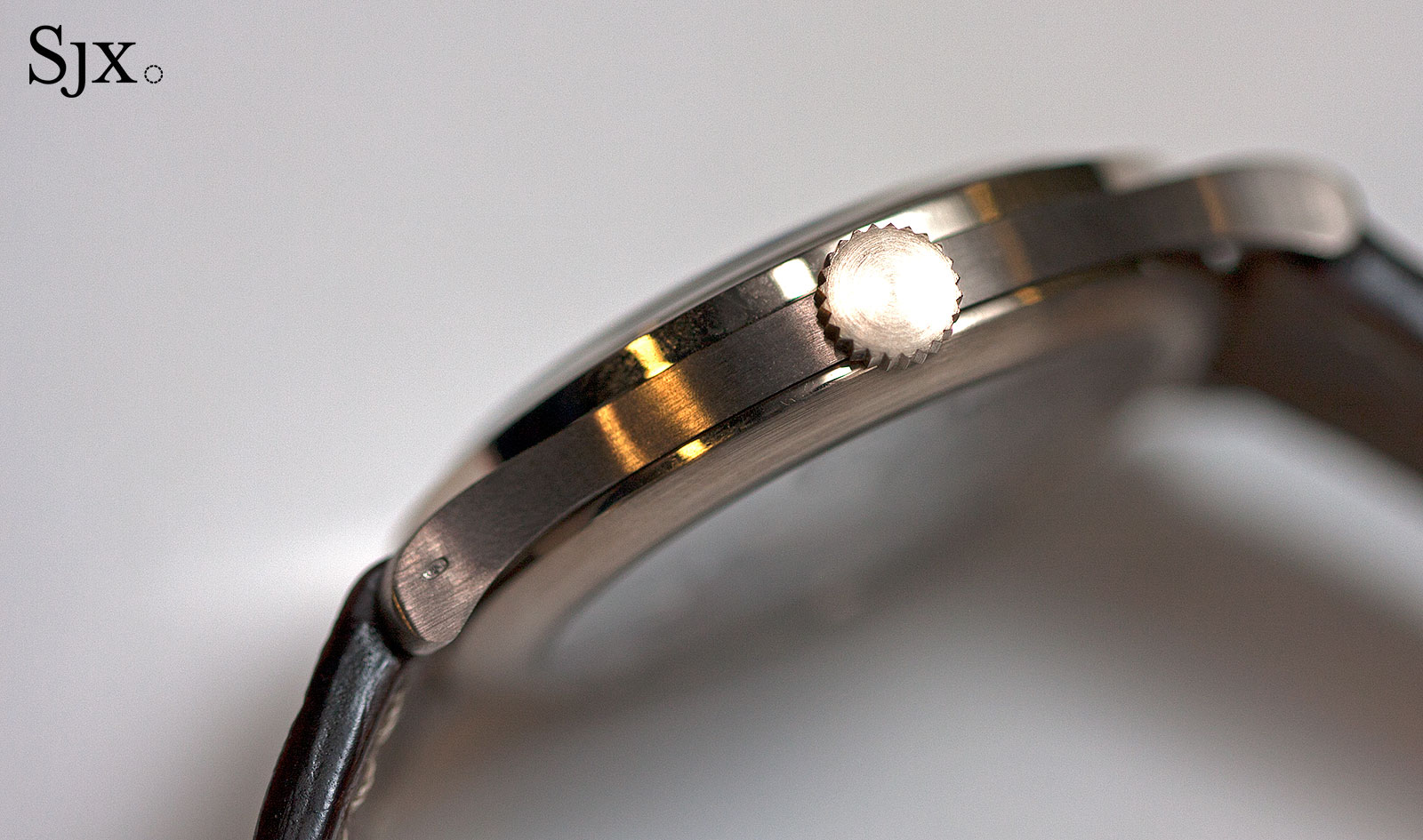
Various dial colours and styles are offered, including a glossy black dial with metallic print that mimics the “gilt” dials of old. More outstanding are the beautifully made blued steel hands that are large, rounded and distinctly three-dimensional. The black polished axis of the hands, the bit that sits on the cannon pinion, is outstanding.
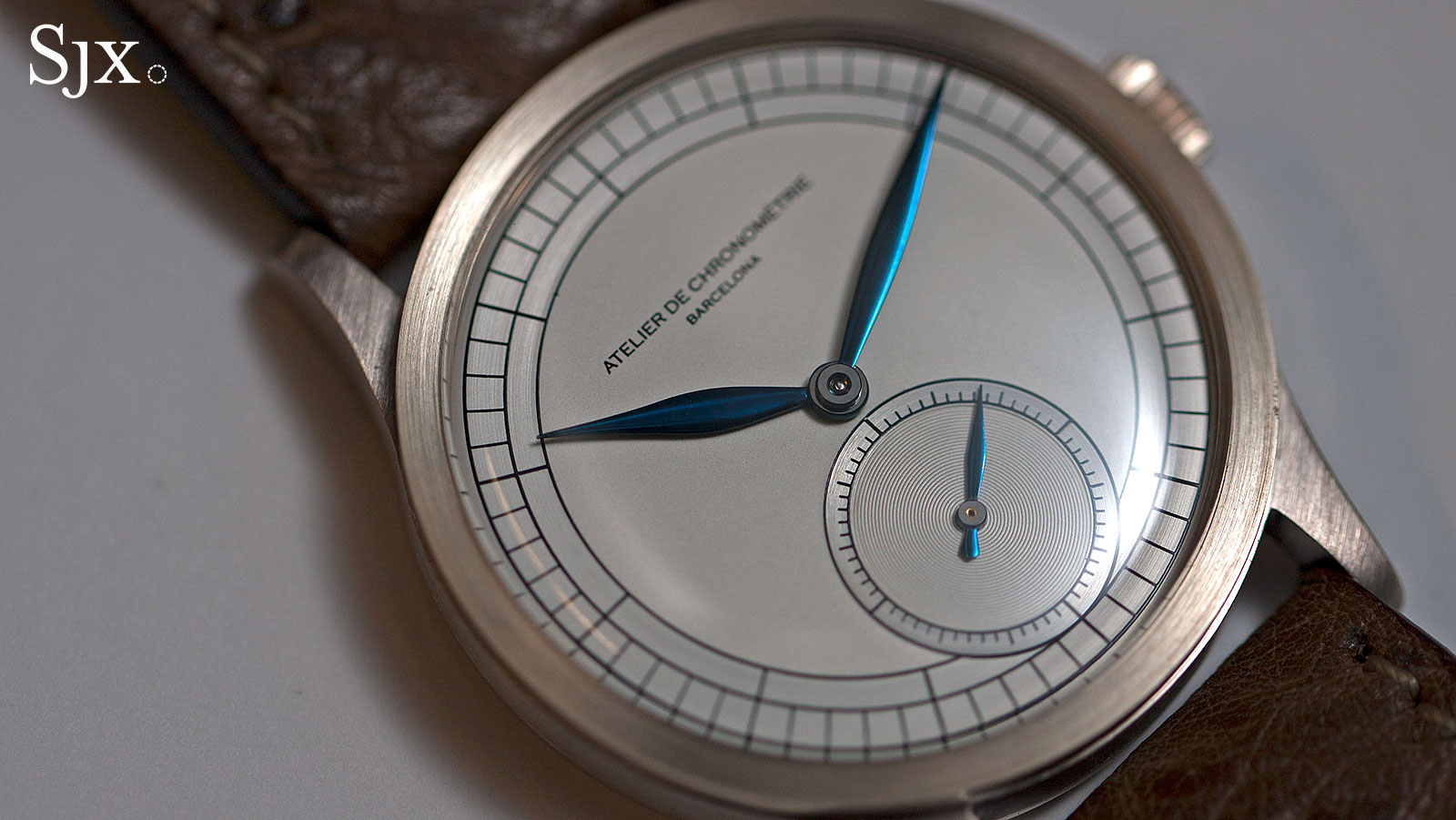
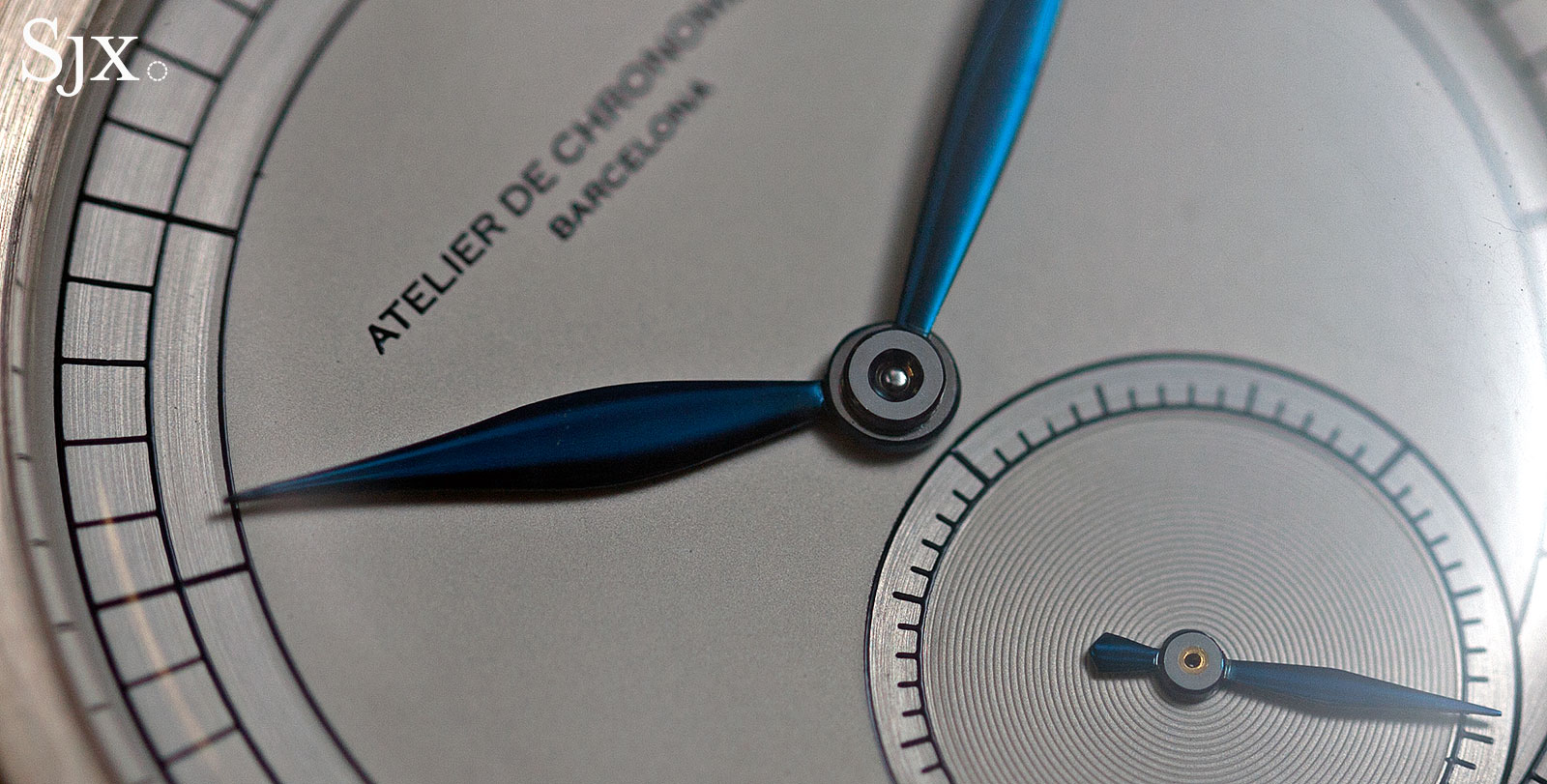
While the movement is based on an Omega calibre 266, essentially the movement parts are identical to the Omega, there are some upgrades, including a free-sprung balance that replaces the regulator index on the calibre 266.
Thirty-two components of the movement are made in-house by Atelier de Chronométrie the old-fashioned way, with lathes and jigs, and not CNC milling machines. Also made from scratch are the German silver bridges and balance cock, which are usually shaped with lots of sharp angles so as to show off the edge finish of chamfering and mirror-polishing.
Other notable details include the black polished ratchet and barrel wheels, and the black polished steel cap on the balance cock. Like the rest of the watch, the finishing is also customisable. Bridges, for instance, can be finished with Cotes de Geneve instead of frosting.
There is slight unevenness in some aspects of the finishing that reveal it is hand executed, like on the bevelling of the spokes of the gears or the flatness of the ratchet wheel. Hand finishing that is flawless enough to be conceivably done by machine is the ideal, something that Philippe Dufour and Kari Voutilainen come close to.
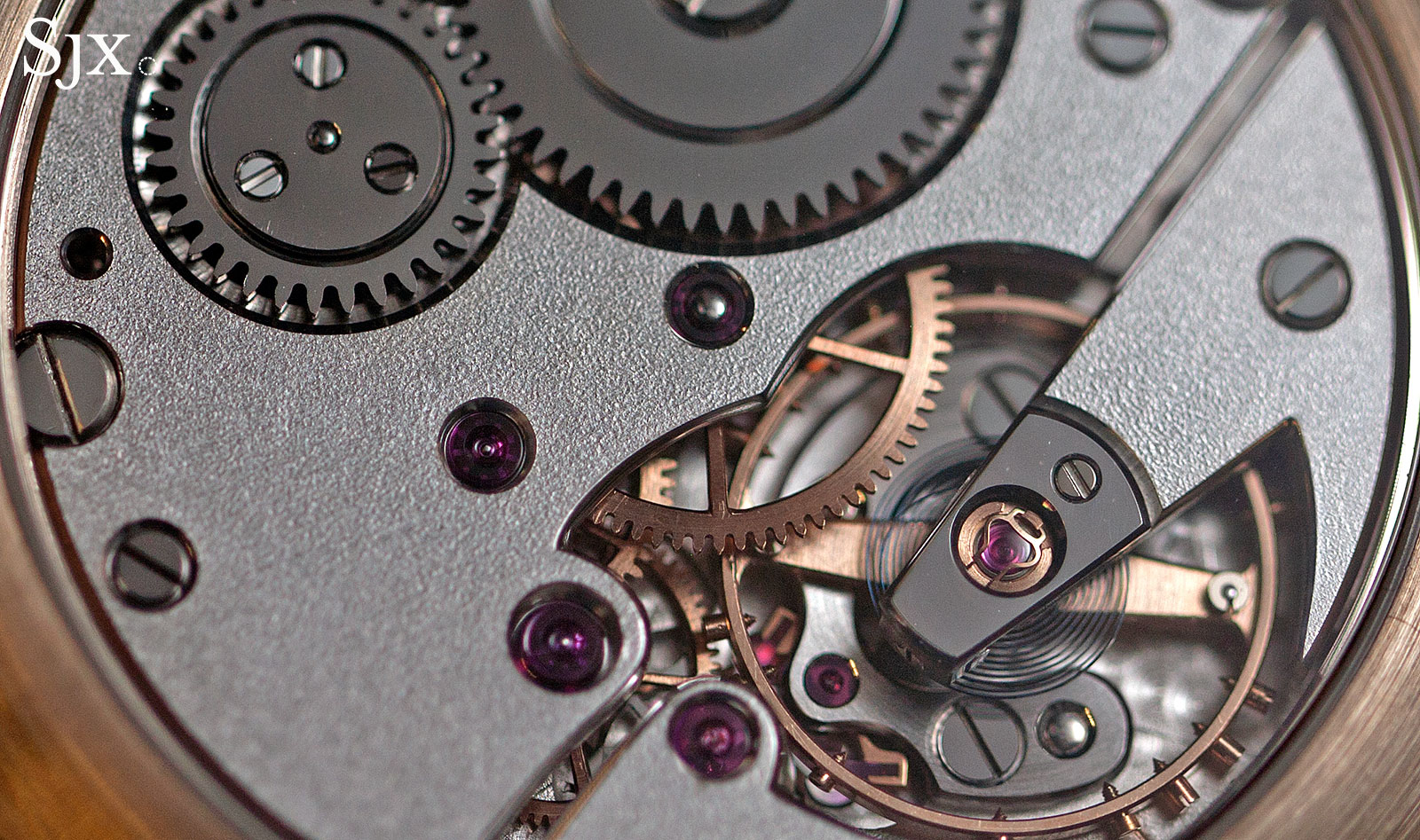
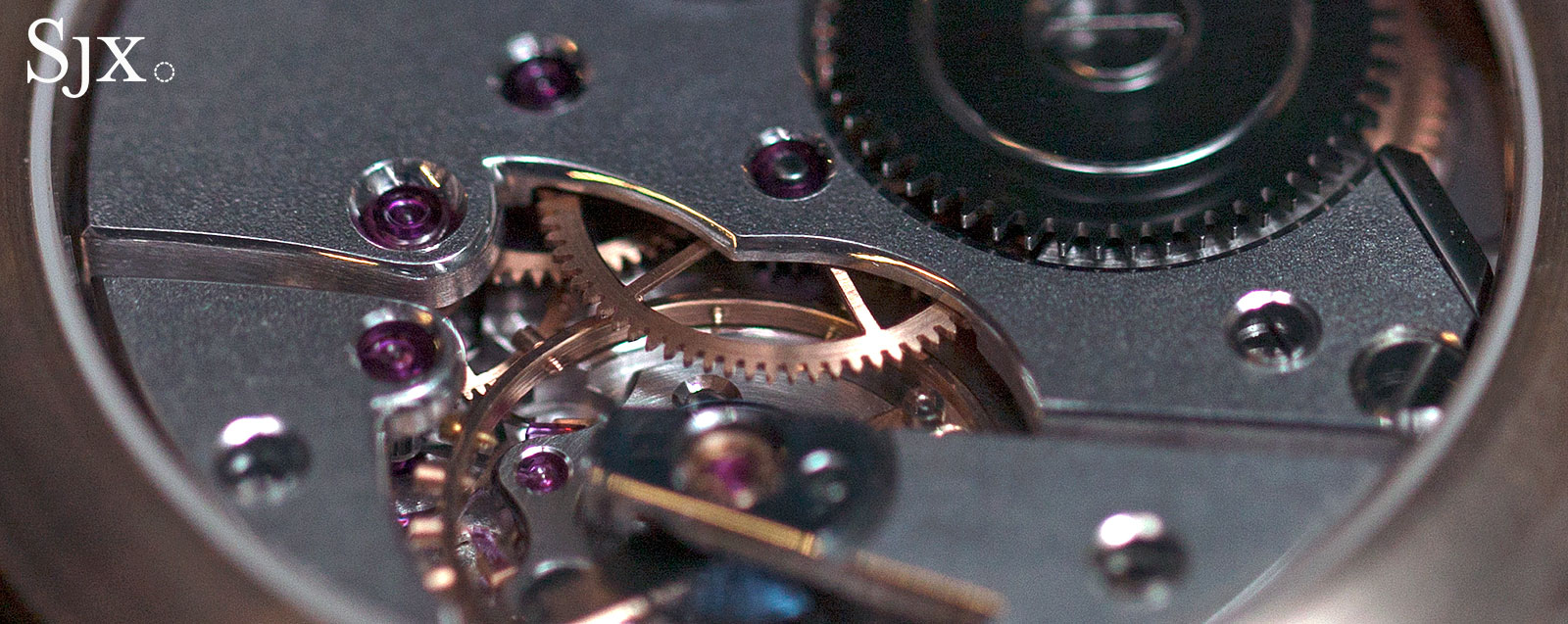
The Atelier de Chronométrie Chronometer costs significantly less than either of those two, but not so little as to be trivial. Selling these in significant numbers would dictate either upping the standard and price, or decreasing both.
Pricing
The Atelier de Chronométrie Chronometer starts at €36,000, equivalent to some US$40,000, for an 18k gold or steel case (the brand’s founder says steel and gold cases cost the same to produce on a small scale). Options like a two-colour 18k gold case or a matching gold bracelet will add to the cost. Atelier de Chronométrie can be reached via its website.
Back to top.
